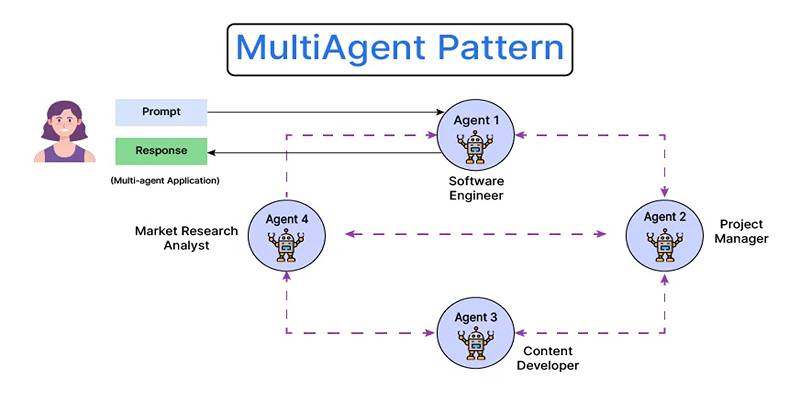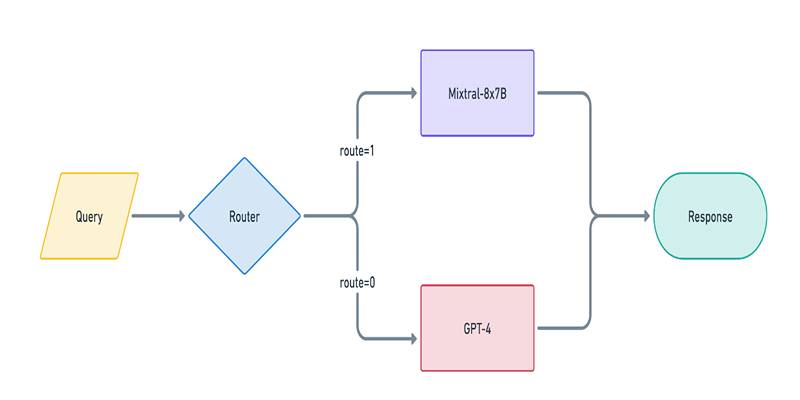In the world of academia, research papers are a key foundation for expanding knowledge. The sheer volume of research produced across different fields can be overwhelming, making it challenging for researchers to stay on top of the latest advancements. This is where AI-powered research paper summarization tools come into play. These tools leverage artificial intelligence to help researchers digest large amounts of scholarly content quickly and effectively, saving valuable time and resources.
With AI technology constantly evolving, these summarization tools have become more refined, offering accurate, efficient, and nuanced summaries. They provide a powerful solution to one of the most persistent challenges in academic research: how to stay up-to-date without getting lost in the sea of information.
The Role of AI in Research Paper Summarization
Software has an important role in simplifying the process of academic research by using sophisticated natural language processing (NLP) methodologies. The software is intended to scan long academic papers and pull out the most significant details, including key takeaways, methodology, results, and conclusions. Rather than having to read the whole paper, researchers can instantly view summaries that point out the main features of the document so that they can ascertain its relevance to their work with minimal effort.
These tools are based on machine learning algorithms trained on large collections of academic papers that enable them to identify patterns and spot important content. With time, deep learning and neural networks have made these tools increasingly better at interpreting complex academic vocabulary, generating more accurate and refined summaries. Through the identification of academic paper structure and context, AI summarization tools guarantee that these generated summaries capture the research's substance without leaving out essential details.
As AI technology continues to develop, these tools are becoming ever more advanced, offering even more accurate and contextually sensitive summaries. For researchers, this equates to a more effective means of getting around academic literature, allowing them to remain current on the latest advances in their area without the tedious process of reading each paper from cover to cover.
Benefits of AI-Powered Summarization for Researchers
The most important advantage of using AI-based research paper summarization tools is efficiency. Research can be very time-consuming, particularly if researchers have to keep themselves abreast of the newest publications in their area of research. AI tools save researchers a lot of time by summarizing long documents so they can work on their research instead of being overwhelmed by the quantity of research available.

Moreover, these tools ensure that researchers don't miss out on essential insights from papers that may seem lengthy or difficult to navigate. Often, research papers are written in dense academic language, which can be a barrier for those unfamiliar with the terminology. AI-powered summarization tools help break down complex ideas into more digestible summaries, making it easier for researchers from different disciplines to understand a paper's core findings.
Additionally, AI tools can summarize papers across a wide range of topics, providing an interdisciplinary approach to research. This is particularly valuable for those working at the intersection of different fields, as it allows them to quickly grasp relevant information from diverse sources without needing to be experts in each discipline.
How AI Summarization Tools Work?
AI summarization tools produce summaries by combining extractive and abstractive techniques. Extractive summarization involves identifying the most relevant sentences or phrases from the paper and combining them to form a summary. This method works well for papers with clear structures and straightforward content.
On the other hand, abstractive summarization takes it a step further by understanding the meaning of the content and rephrasing it into new sentences. This technique allows the tool to provide a more comprehensive and coherent summary, capturing the essence of the research in a more human-like manner. Many advanced AI tools combine both extractive and abstractive methods, offering a balanced approach to summarization.
The machine learning models behind these tools are trained on massive datasets of academic papers, so they learn to identify key information like research objectives, experimental methods, data analysis, and conclusions. Over time, the system improves its ability to understand different writing styles, which is crucial when dealing with papers from a wide range of fields.
The Impact of AI Summarization Tools on Research Productivity
AI-powered summarization tools are not just time-savers—they also have the potential to significantly boost productivity. By automating the summarization process, researchers can access critical information more quickly and efficiently, allowing them to focus on generating new ideas or conducting experiments rather than sifting through pages of academic literature.

In addition, these tools foster collaboration across disciplines by making it easier for researchers from various backgrounds to understand complex research findings. With AI summarization, knowledge sharing becomes more accessible, contributing to the advancement of research in a more interconnected and interdisciplinary way.
Furthermore, AI summarization tools can also help researchers identify trends and gaps in existing research. By summarizing numerous papers on a specific topic, these tools can highlight areas where research is abundant and areas where more investigation is needed. This insight can guide future research efforts, helping academics identify promising areas for exploration.
Conclusion
AI-powered research paper summarization tools are reshaping academic research by providing a more efficient way to process vast amounts of information. These tools save time, boost productivity, and facilitate interdisciplinary collaboration, making it easier for researchers to stay updated with relevant studies. While there are challenges, such as handling complex terminology, the future of these tools is promising, with ongoing improvements in accuracy and customization. As AI continues to evolve, these summarization tools will play an even more vital role in streamlining research, allowing scholars to focus on advancing knowledge rather than spending time sifting through dense academic content.











